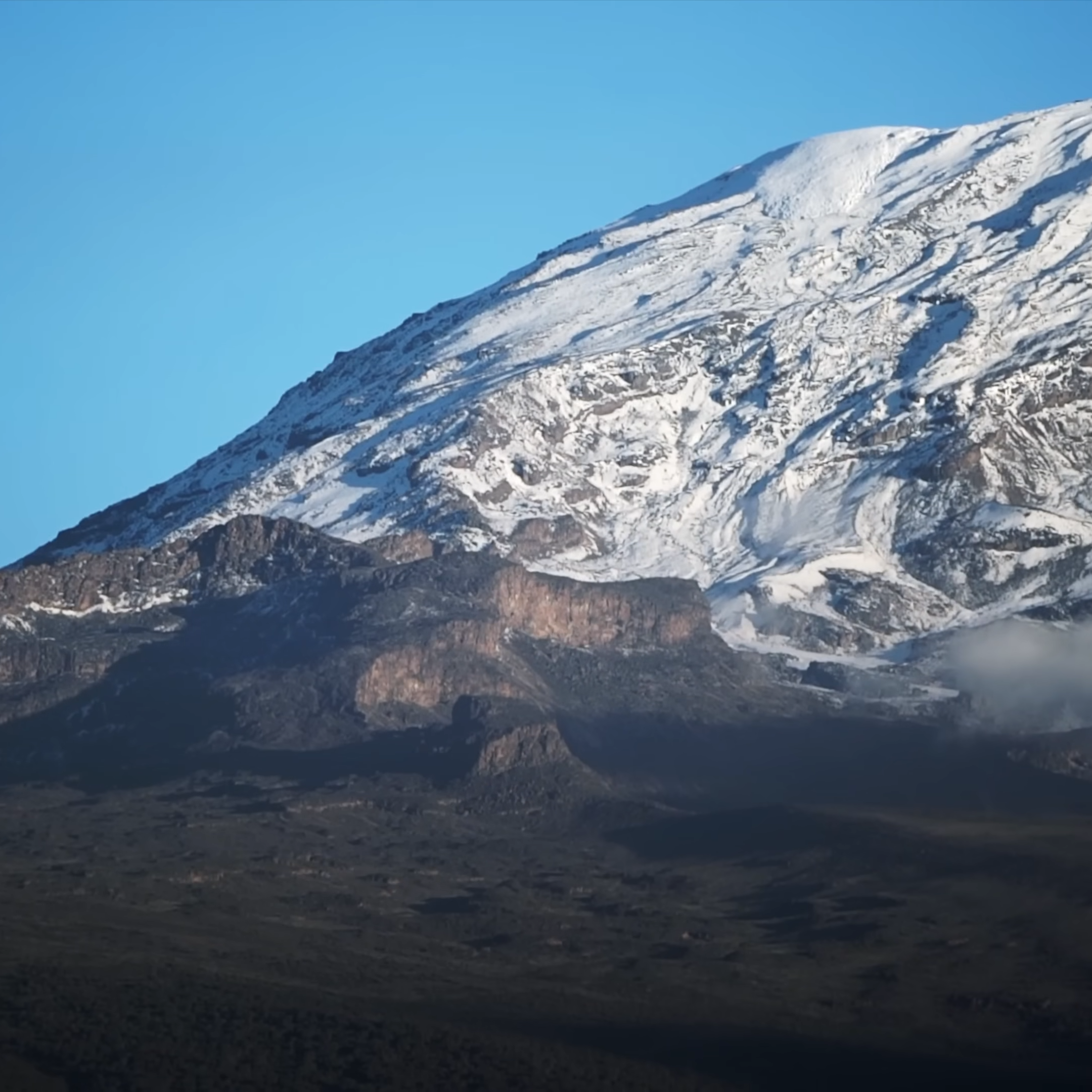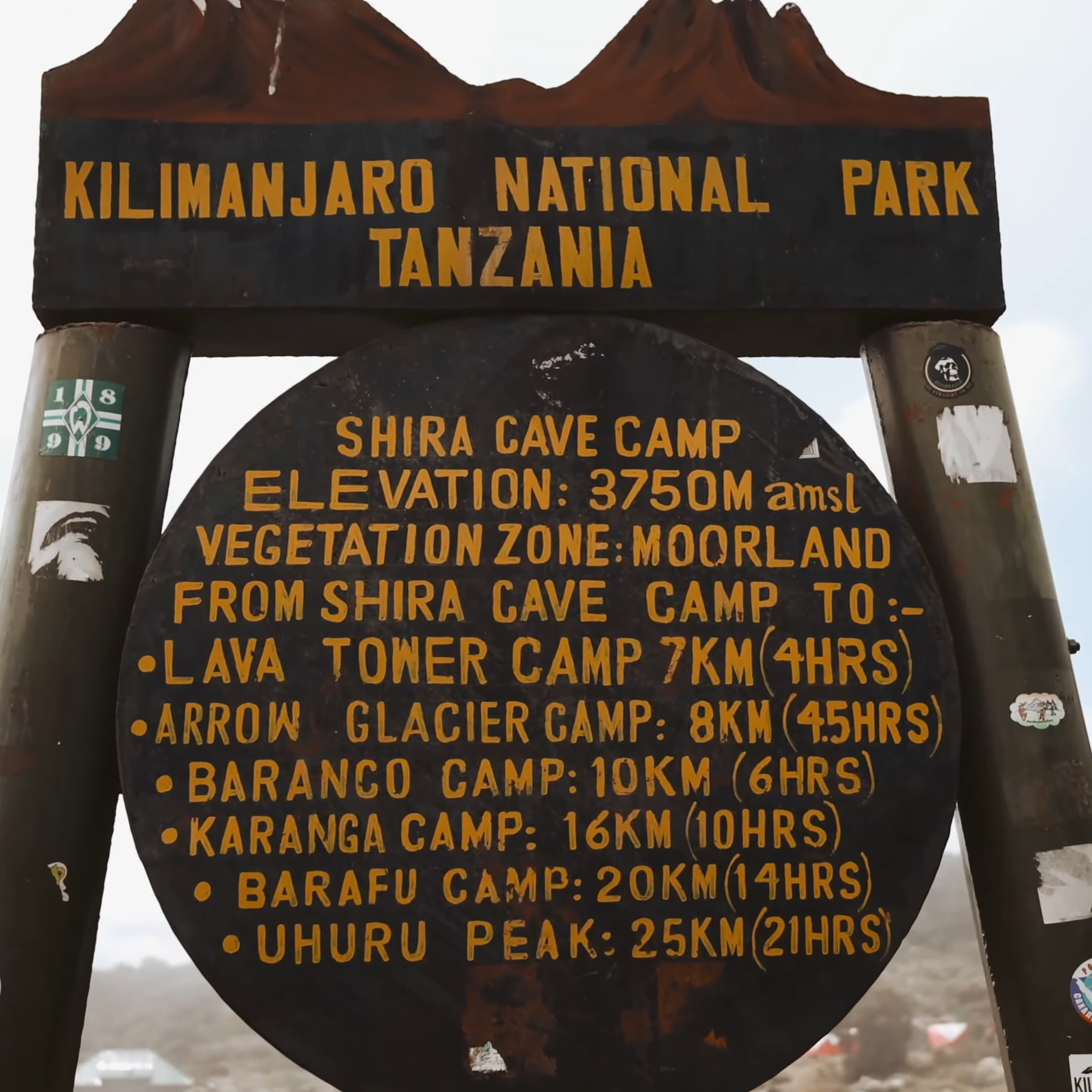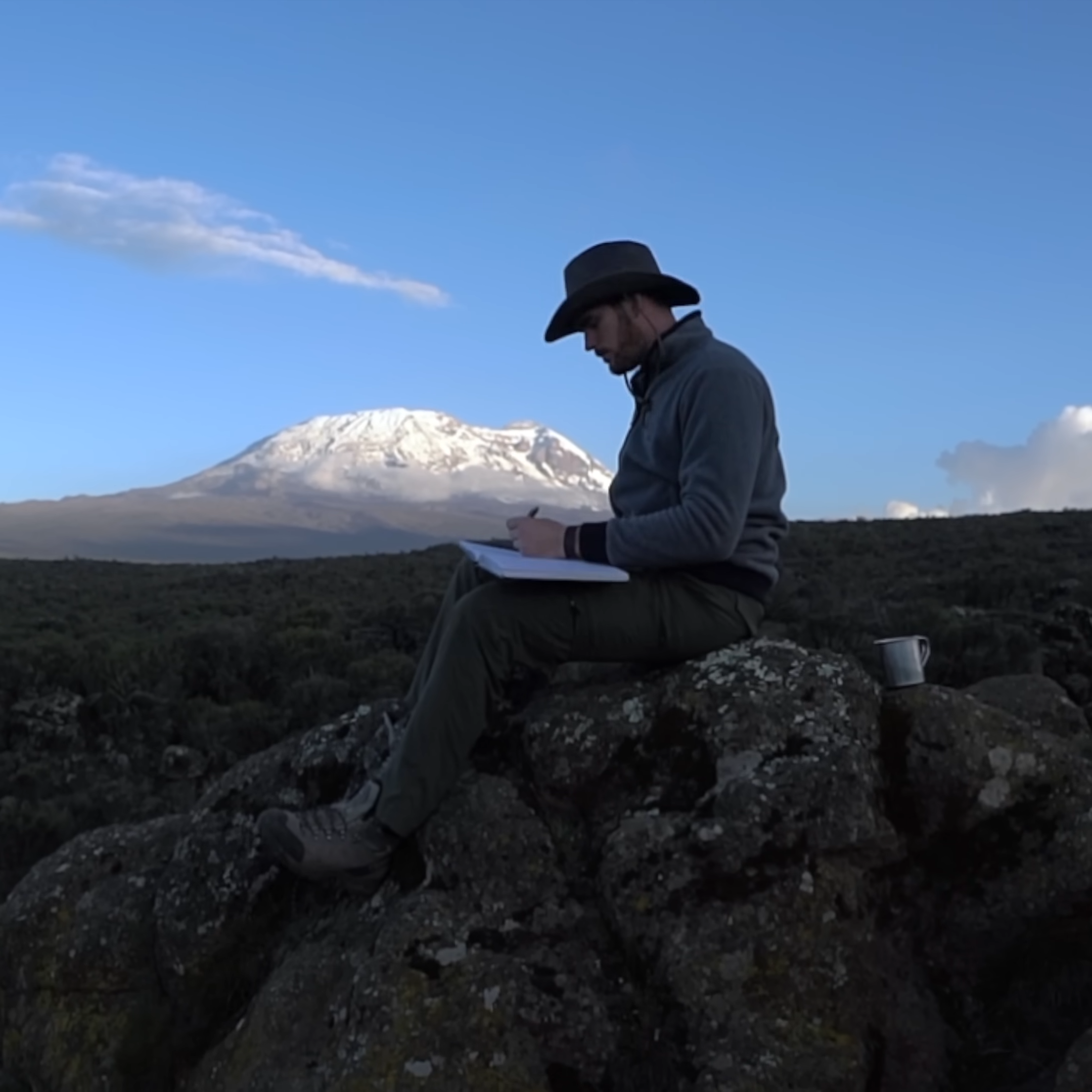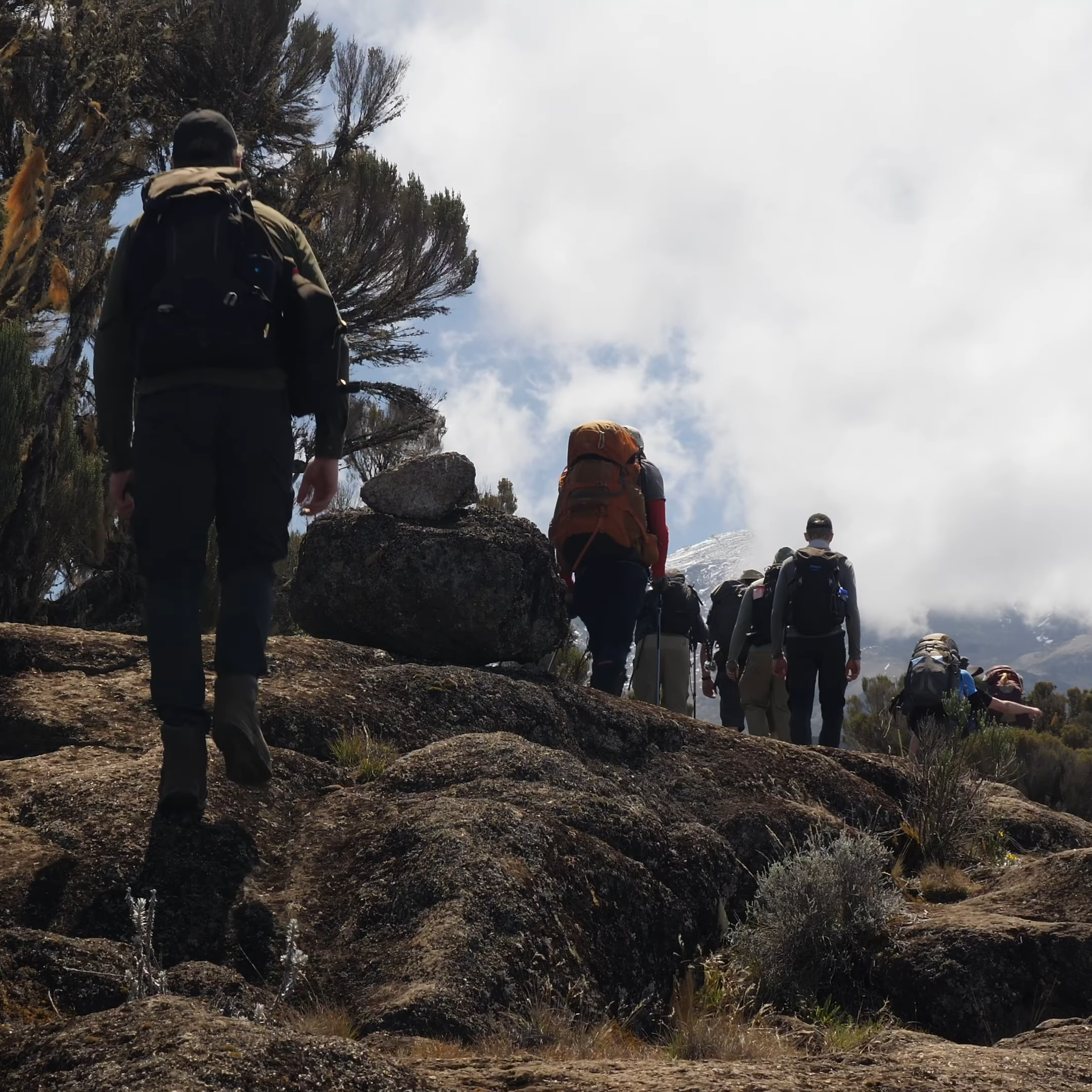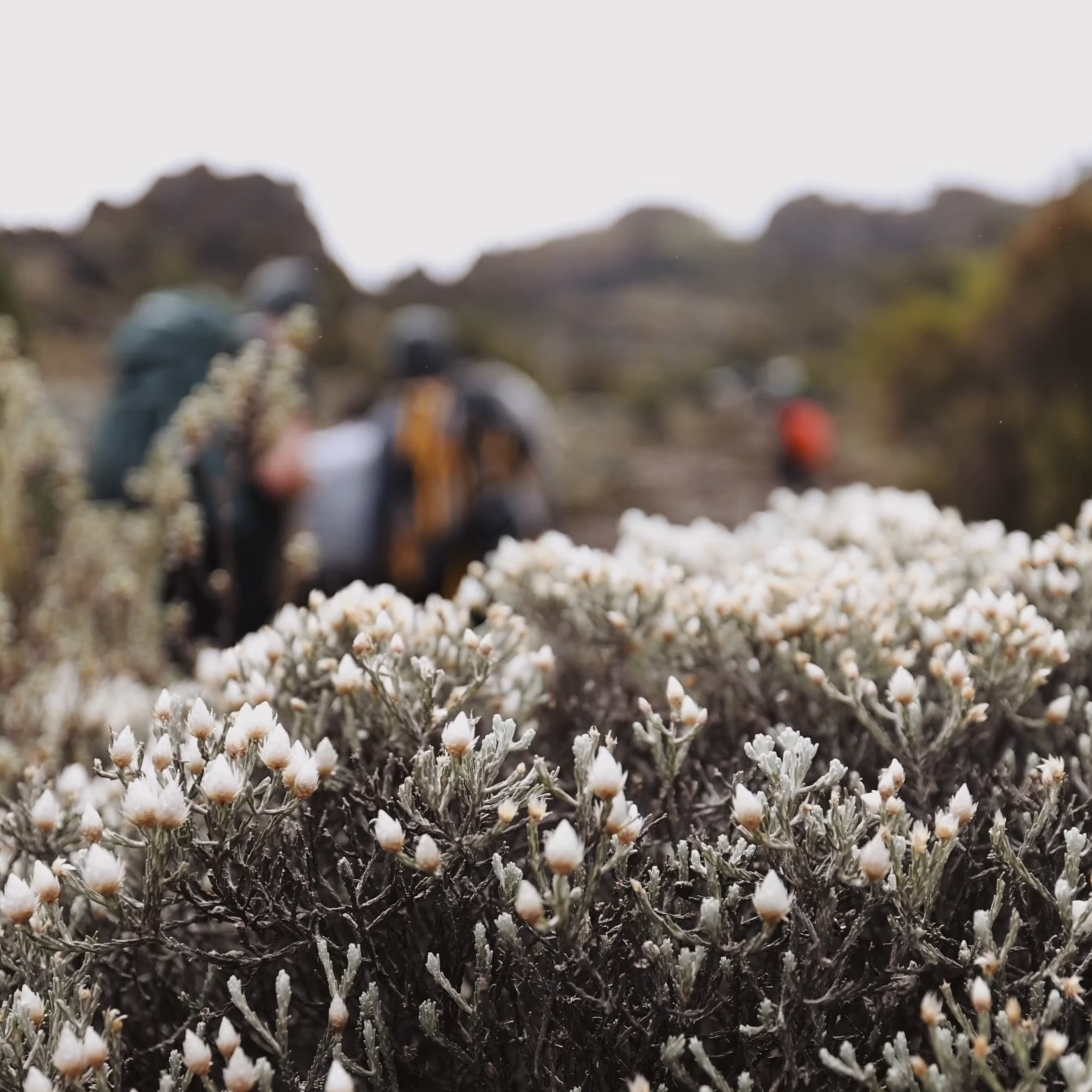Best Time to Climb Kilimanjaro: Weather, Seasons and Tips Guide
A Detailed Guide to the Best Time to Climb Mount Kilimanjaro
So, you’ve made the bold decision to conquer Africa’s tallest peak? Now, it’s crucial to consider the best time for your Kilimanjaro climb, based on weather, trekking conditions, and the number of climbers.
While you can technically trek Mount Kilimanjaro year-round, certain months bring colder temperatures, more rain, and sometimes heavy snowfall at the summit.
We recommend climbing Kilimanjaro during the warmer, drier months: from December to mid-March or from mid-June to late October.
However, while these months typically offer the best weather, they are also the most popular, meaning you’ll encounter more trekkers on the mountain.
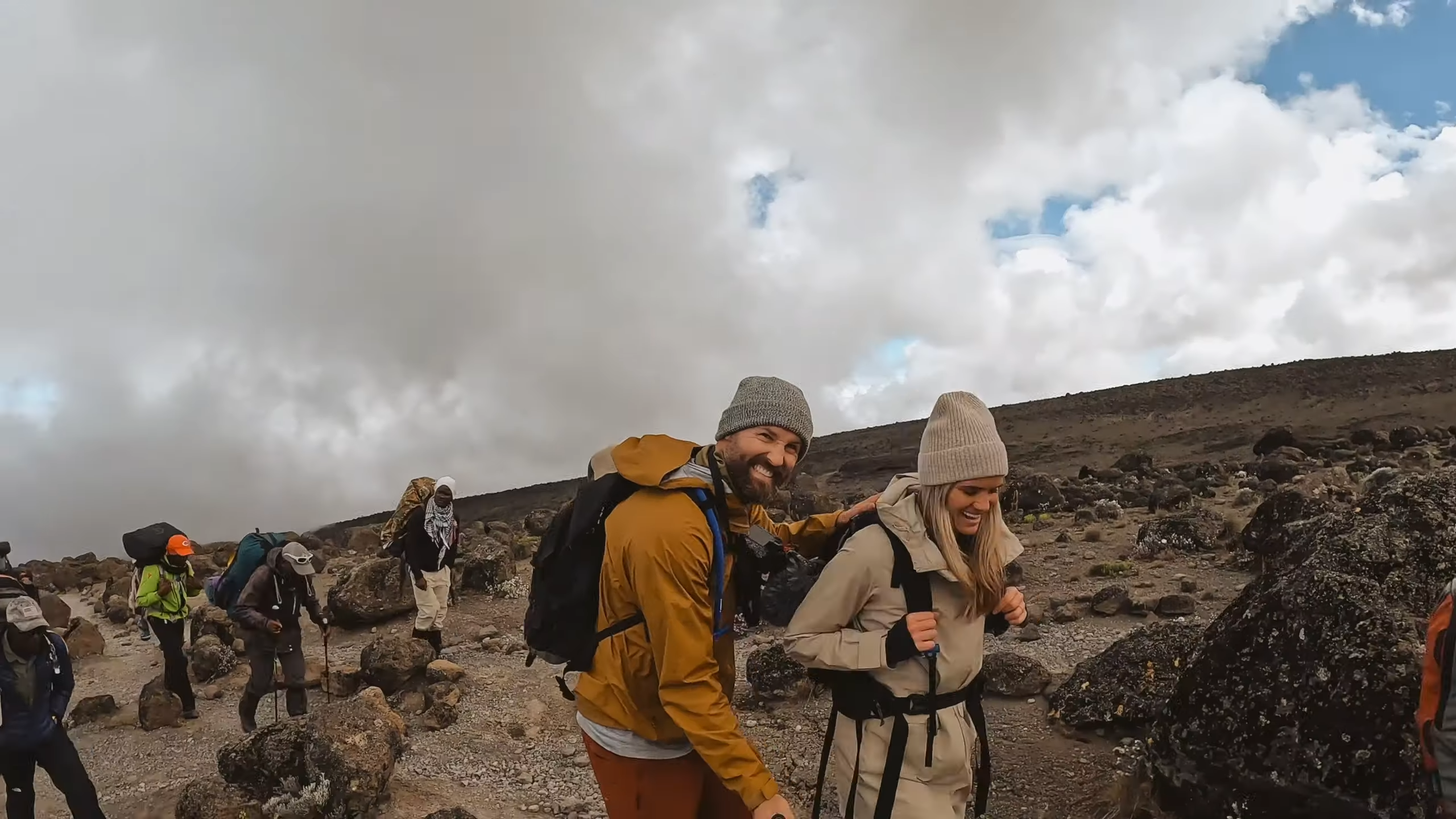 Below, we break down the prime Kilimanjaro climbing seasons, explore less-crowded alternatives, discuss times to avoid, and highlight other factors to help you plan your unforgettable mountain adventure.
Below, we break down the prime Kilimanjaro climbing seasons, explore less-crowded alternatives, discuss times to avoid, and highlight other factors to help you plan your unforgettable mountain adventure.
Climbing Kilimanjaro in January & February
January and February are among the top months for a Kilimanjaro climb, which makes them particularly popular. These months offer the warmest conditions, giving you the advantage of clear, sunny skies in the mornings and evenings, although afternoon clouds and the possibility of some rain can occur.
Climbing Kilimanjaro in March, April & May
The long rainy season kicks off in late March and lasts until early June. This period is less than ideal for climbing, as the trails become wet, muddy, and even snowy in places.
While the rain and snow may diminish the enjoyment of the climb and obscure the beautiful scenery, those who choose to trek during this time will enjoy fewer crowds on the routes. Even the most popular paths can feel tranquil and secluded. Additionally, some adventurers appreciate the extra challenge and stunning views that come with a snow-capped summit.
Climbing Kilimanjaro in June, July, August & September
June marks the shift from the rainy season to the dry season, making it considerably drier than the previous months of March, April, and May. However, climbers should be prepared for colder temperatures, and the skies may still be overcast, meaning the stunning views might not be as visible as during other times of the year.
The combination of ideal weather and the summer holidays in the US and Europe makes these months the peak season for Kilimanjaro climbs. July and August are particularly popular, so if you prefer fewer crowds, consider trekking in June, September, or even October, though you may experience some rain.
While occasional showers, particularly in the forest, are possible, this is predominantly a dry time. However, due to the popularity, expect busier trails, especially during the full moon when many climbers plan their ascent for optimal summit views.
Best for: Climbers who prioritize the best weather and don’t mind sharing the trail, particularly on the busier Marangu and Machame routes.
Climbing Kilimanjaro in October & November
The short rainy season usually arrives in November, lasting around 3-4 weeks. Unlike the longer rains of April and May, these showers tend to be lighter and often fall in the late afternoon. The trails are much quieter during this period.
For those undeterred by wet weather, we recommend the Rongai or Northern Circuit routes, as the northern side of Kilimanjaro is more sheltered and experiences less rain.
Mount Kilimanjaro Climbing Routes
- Read more about the Weather Conditions of Mount Kilimanjaro.
- Read more about Mount Kilimanjaro’s best trekking tips.
FAQs About Best Time To Climb Mount Kilimanjaro
What’s the best time of year to climb Mount Kilimanjaro?
The best time to climb Kilimanjaro is during the warmer, drier months from December to mid-March or mid-June to late October. These months offer more stable weather, clear skies, and pleasant temperatures, making the trek more comfortable and enjoyable. However, keep in mind that these periods also attract more climbers, meaning busier trails.
Can I climb Kilimanjaro year-round?
Yes, you can technically climb Kilimanjaro year-round, but the weather and trail conditions vary significantly. Some months bring heavy rain, cold temperatures, and snow, which can make the climb more challenging and less enjoyable.
What are the advantages of climbing in January and February?
January and February are ideal months because they offer warm temperatures and clear skies in the mornings and evenings. Although there might be some clouds and rain in the afternoons, the overall conditions make for a great climb. However, these months are very popular, so expect more fellow trekkers on the trail.
Is March to May a good time to climb Kilimanjaro?
March to May is the long rainy season on Kilimanjaro, making it less favourable for climbing. The trails can become muddy and slippery, and the views might be obscured by clouds. That said, it’s also the least crowded time, and some adventurous climbers enjoy the challenge of a snow-capped summit during this period. Just be prepared for wet and unpredictable weather.
What should I expect when climbing in June, July, August, or September?
These months are part of the dry season, with June marking the transition from rainy weather to drier conditions. Although temperatures are cooler and skies may be overcast at times, this is the peak season for Kilimanjaro treks. July and August are especially busy due to the summer holidays, so consider climbing in June or September if you prefer fewer crowds while still enjoying good weather.
Why are the summer months so popular for Kilimanjaro climbs?
The combination of ideal trekking weather and the summer holidays in the US and Europe make July and August the most popular months for Kilimanjaro climb. While trails, especially on the Marangu and Machame routes, may be crowded, the weather is generally dry, with only occasional showers in the forest zone.
What’s the weather like for Kilimanjaro climbs in October and November?
October is part of the dry season, but the short rainy season begins in November, bringing lighter showers, often in the afternoons. While the weather may not be perfect, the trails are much quieter, making this a good time for climbers who prefer solitude. Routes like the Rongai or Northern Circuit are recommended since they are on the northern, more sheltered side of the mountain, where there is less rain.
What are the benefits of climbing Kilimanjaro during the rainy seasons?
Climbing during the long rainy season (March to May) or the short rainy season (November) offers some unique benefits. Fewer people attempt the climb during these months, so you’ll enjoy quieter trails and a more secluded experience. Additionally, the rain often creates stunning cloud formations and landscapes, especially with a snow-capped summit. Just be prepared for wetter and more challenging conditions.
Which Kilimanjaro routes are best during the rainy season?
During the rainy seasons, the Rongai and Northern Circuit routes are the best options as they are on the northern side of the mountain, which experiences less rainfall. These routes offer more sheltered conditions, making your climb a bit easier despite the wet weather.

